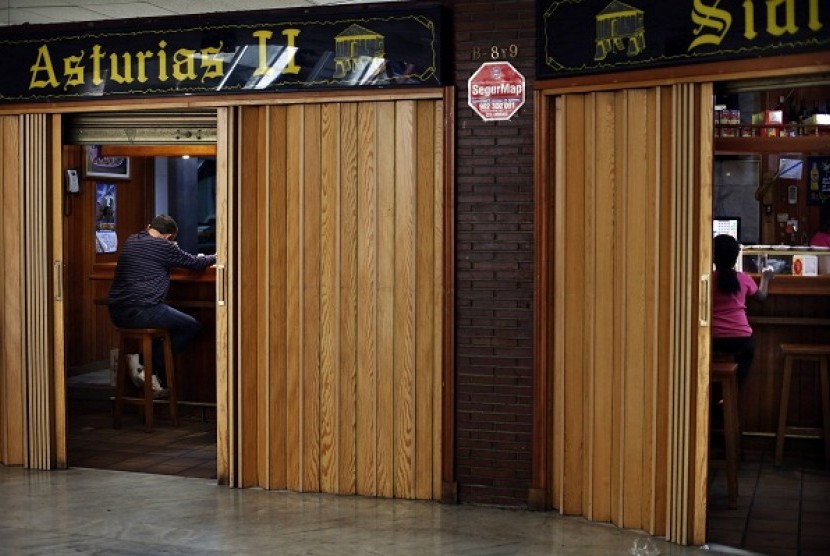REPUBLIKA.CO.ID, WASHINGTON - Economic growth in Europe and Central Asia (ECA) will slightly increase in 2013 from 2.5 percent to 2.9 percent compared with the previous year. World Bank said recovery in ECA would continue to be the slowest compared to other regions in the world, and will be multi-speed, with the western part of the region growing at a much slower pace than the eastern part. Protracted recession and slow growth recovery further aggravate the persistent unemployment in some parts of the region, which in turn has long-term implications for the region’s competitiveness and social inclusion.
“Since the crisis, we see a multi-speed recovery in the region,” said Philippe Le Houérou, World Bank Vice-President for the Europe and Central Asia region, at a press briefing during the World Bank/IMF Spring Meetings 2013 at Washington, as reported by Elba Damhuri from Republika.
He explained that as a rule of thumb, the closer the countries were to the Euro area, and in particular to Southern Europe, the stronger they felt the impact, as their economies relied more on the Euro area as an export market and the main source of banking flows, foreign direct investments and workers’ remittances.
An uncertain environment and continued recession in the Euro area pose challenges to the ECA region through three channels: finance, trade, and workers’ remittances. Central and Eastern Europe (CEE) and the Western Balkans, which have the closest links to the Euro area, are considerably lagging behind Turkey and the Commonwealth of Independent States (CIS).


